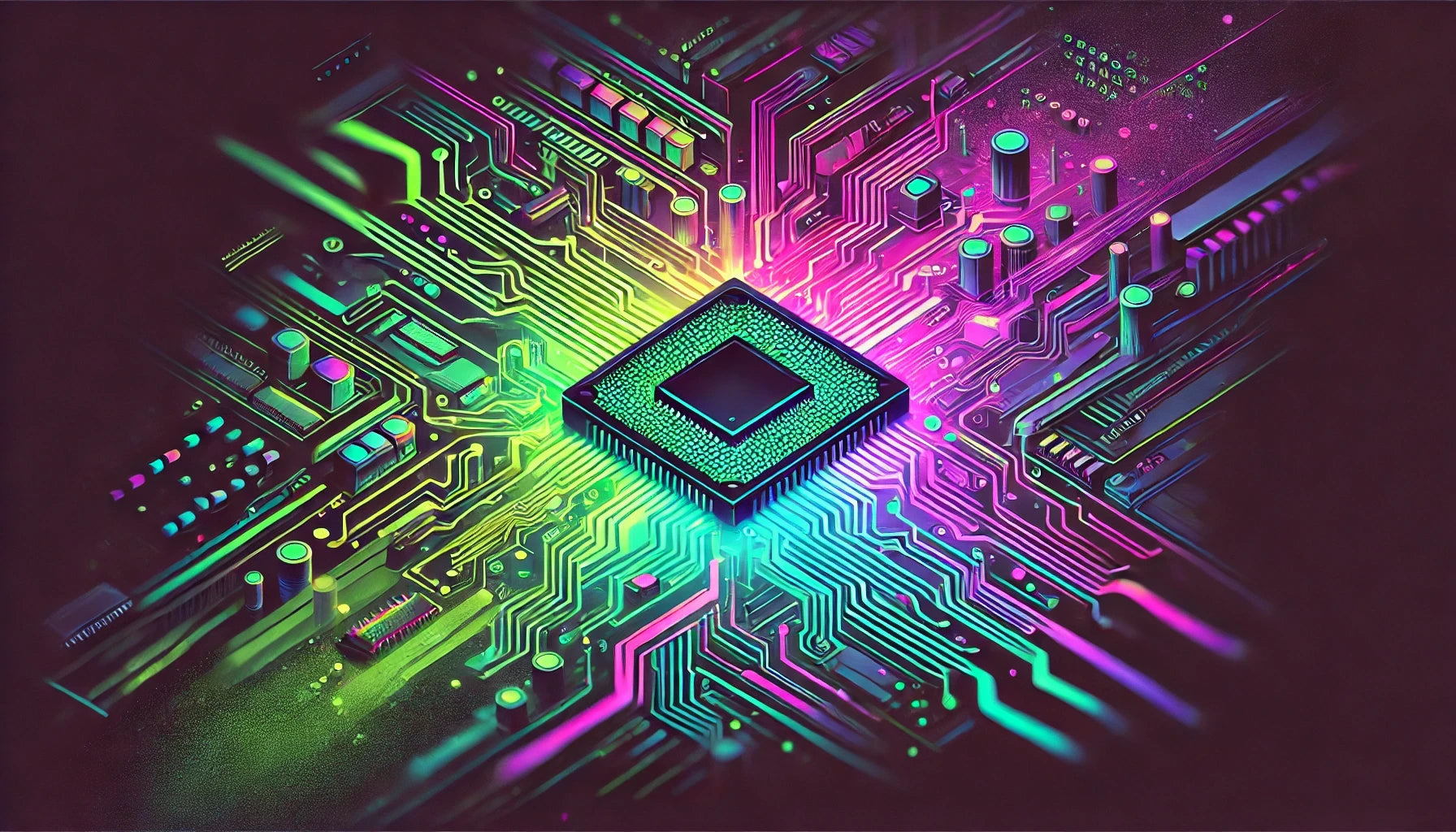Overview of Debug Interfaces
Debug interfaces are crucial elements in the development and testing of embedded systems. They provide a means to interface with and control microcontrollers and other chip-based systems during development phases. Two primary debug interfaces are JTAG and SWD, which serve as key protocols for accessing and modifying the system's internal state in real-time.
Joint Test Action Group (JTAG)
- JTAG, which stands for Joint Test Action Group, is an industry-standard interface designed for testing integrated circuits.
- It operates via a test access port (TAP), which is typically accessible through a combination of pins on a chip package.
- The primary purpose of JTAG is boundary scan testing, but it's widely used for debugging, programming, and even system monitoring.
- JTAG interfaces frequently feature multiple pins, such as TCK (Test Clock), TDI (Test Data In), TDO (Test Data Out), and TMS (Test Mode Select).
Advantages and Disadvantages of JTAG
- Advantages:
- Universality: JTAG serves a wide range of devices and manufacturers.
- Comprehensive Debugging: Allows in-depth access to device registers, memory, and more.
- Disadvantages:
- Complexity: With its multiple pins, JTAG setups can be intricate and challenging to manage.
- Size: The required footprint on PCBs can be larger compared to some alternatives.
Serial Wire Debug (SWD)
- SWD, short for Serial Wire Debug, is a streamlined alternative to JTAG developed by ARM, primarily for use with its Cortex-M microprocessor line.
- This protocol offers similar functionality to JTAG but utilizes far fewer pins — typically just a clock pin and a data pin, along with power and ground.
- SWD is especially popular in resource-constrained environments where conserving pin usage and space on a microboard is crucial.
Advantages and Disadvantages of SWD
- Advantages:
- Efficiency: Uses fewer pins than JTAG, reducing complexity on the PCB.
- Smaller Footprint: Ideal for systems where PCB space is at a premium.
- Disadvantages:
- Compatibility: Predominantly supports ARM devices, potentially limiting its application.
- Reduced Debug Capability: In some configurations, SWD might not support all features offered by JTAG-like boundary scans.
Conclusion
Debug interfaces, particularly JTAG and SWD, provide essential capabilities for developing and troubleshooting embedded systems. While JTAG offers a comprehensive solution with broad support, SWD provides a space-efficient alternative tailored to ARM architectures. Understanding these interfaces' strengths and limitations is vital for optimizing design and development processes for embedded systems.
























